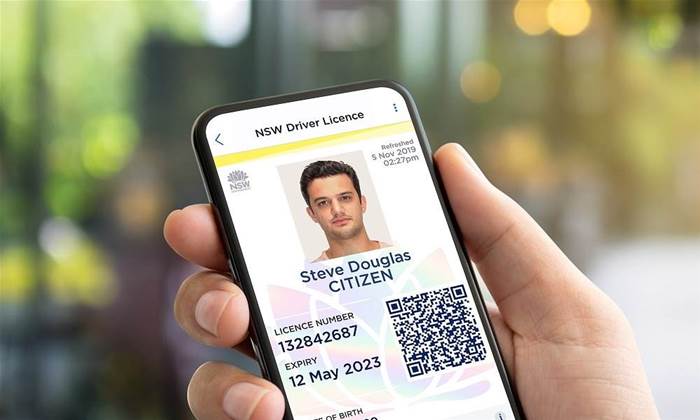The NSW government is forging ahead with a world-leading plan to develop a digital birth certificate that can be used across Australia, after delivering an initial proof-of-concept earlier this year.

NSW Registry of Births, Deaths and Marriages (BDM), which is spearheading the work alongside the Queensland and federal governments, is now in the market for a vendor to build the solution.
The registry has been researching the digital birth certificate since at least April to make identity proofing requirements easier and more secure for those who were born in the country.
Like NSW’ digital driver’s licence, the digital birth certificate will be opt-in, complementing existing physical versions of the certificate, as well as retrospective.
Speaking at the 2021 digital.nsw showcase this week, NSW registrar Amanda Ianna said the discovery phase had involved consulting with more than 2000 people and dozens of organisations.
“The project team spent over 12 weeks in the discovery phase funded via the [government's] digital restart fund to understand how a digital product could benefit both our customers and stakeholders alike,” she said.
Feedback from customers and organisations confirmed that any digital birth certificate would need to be “universally accepted by organisations both in the public and private sector”.
The consultation process also reiterated that customers wanted “control over their information at all times”, including "what’s shared, when they share it and how much they actually share”.
“At the heart of it, [customers] only want to provide the minimum necessary dataset to organisations that they’re providing [the certificate] to,” Ianna said.
“For example, they don’t want to go into [a telco] and let them photocopy their birth certificate and keep it somewhere.”
The discovery process led BDM to segment future users of the digital birth certificate into various cohorts, depending on the level of information they needed from a person’s birth record.
Ianna said junior sport organisations were an example of "group one" users as they only required a name and data of birth, whereas banks and organisations like Service NSW fell into "group two".
A third group of users, including the likes of the Passport Office and Services Australia, would require access to the full birth certificate.
“This is about making sure that we design to the user cohorts that we need, keeping security and privacy in mind as we do them,” she said.
Ianna also said that the digital birth certificate will mirror the look of physical birth certificates, but will change depending on the scenario it is used in.
“Is it a citing purpose only? Is it to send a copy [of the digital birth certificate] to the organisation that it needs to go to?" she said.
“Do you download a copy onto your phone, autofill a web form using an API remotely or ... face-to-face?”
Ianna said the request for proposal (RFP) process now underway would allow the digital birth certificate to present across a variety of channels, including service delivery apps and digital wallets.
RFP documents indicates “a prototype of the digital birth certificate has been developed to serve as a model for the build of the fully-functional digital birth certificate”.
The first release of the digital birth certificate – a limited release in a ‘vertical slice’ – is expected by April 2022 to demonstrate key functionalities in an operational environment.
BDM is asking interested parties to indicate their intention to participate in the RFP by November 26 and submit by December 22.


.png&h=140&w=231&c=1&s=0)
_(22).jpg&h=140&w=231&c=1&s=0)

_(20).jpg&h=140&w=231&c=1&s=0)





 iTnews Executive Retreat - Security Leaders Edition
iTnews Executive Retreat - Security Leaders Edition











_(1).jpg&h=140&w=231&c=1&s=0)



